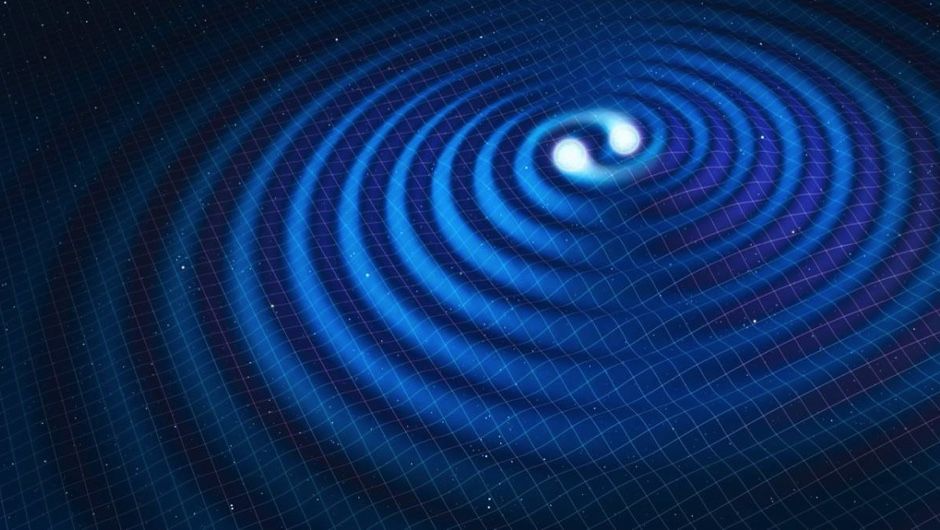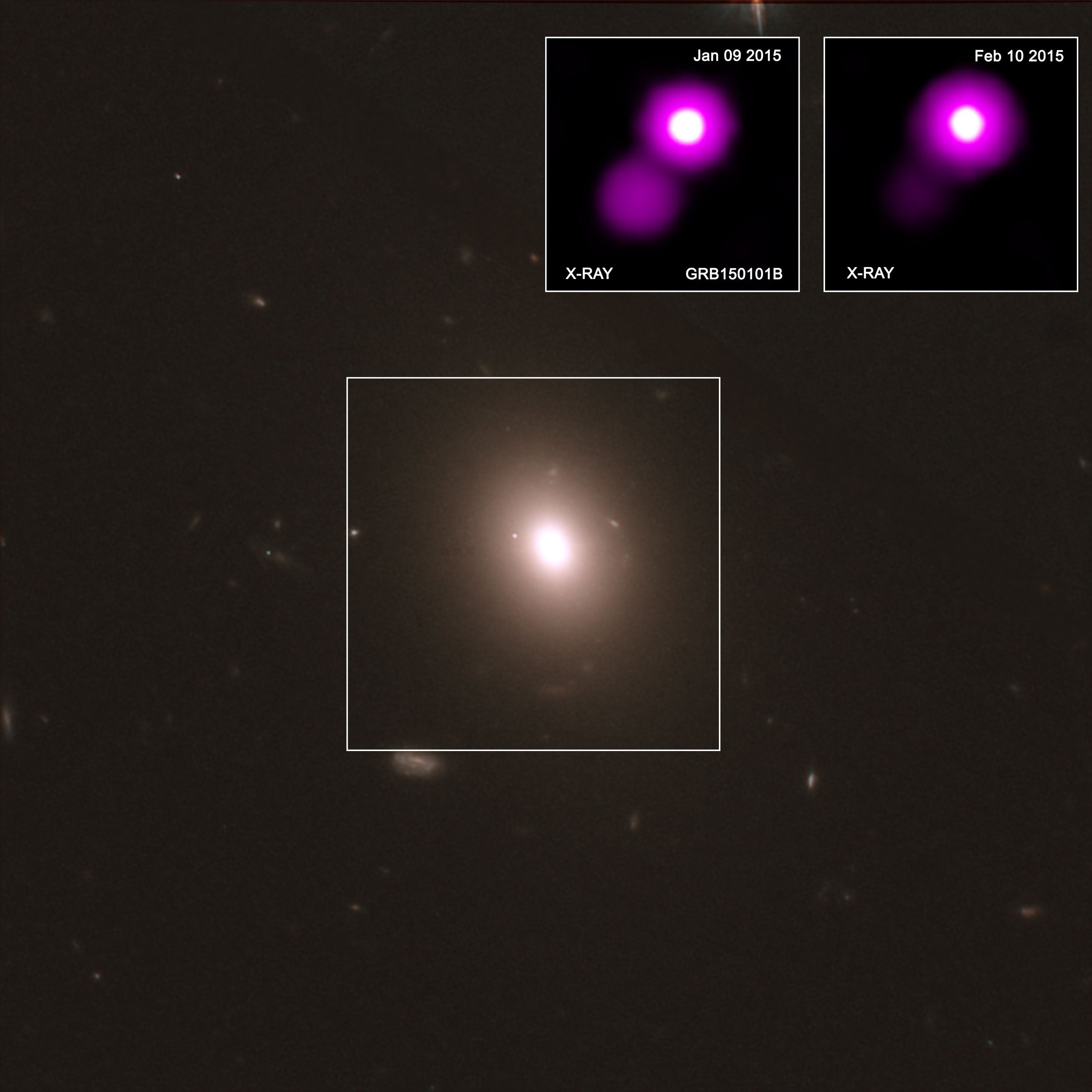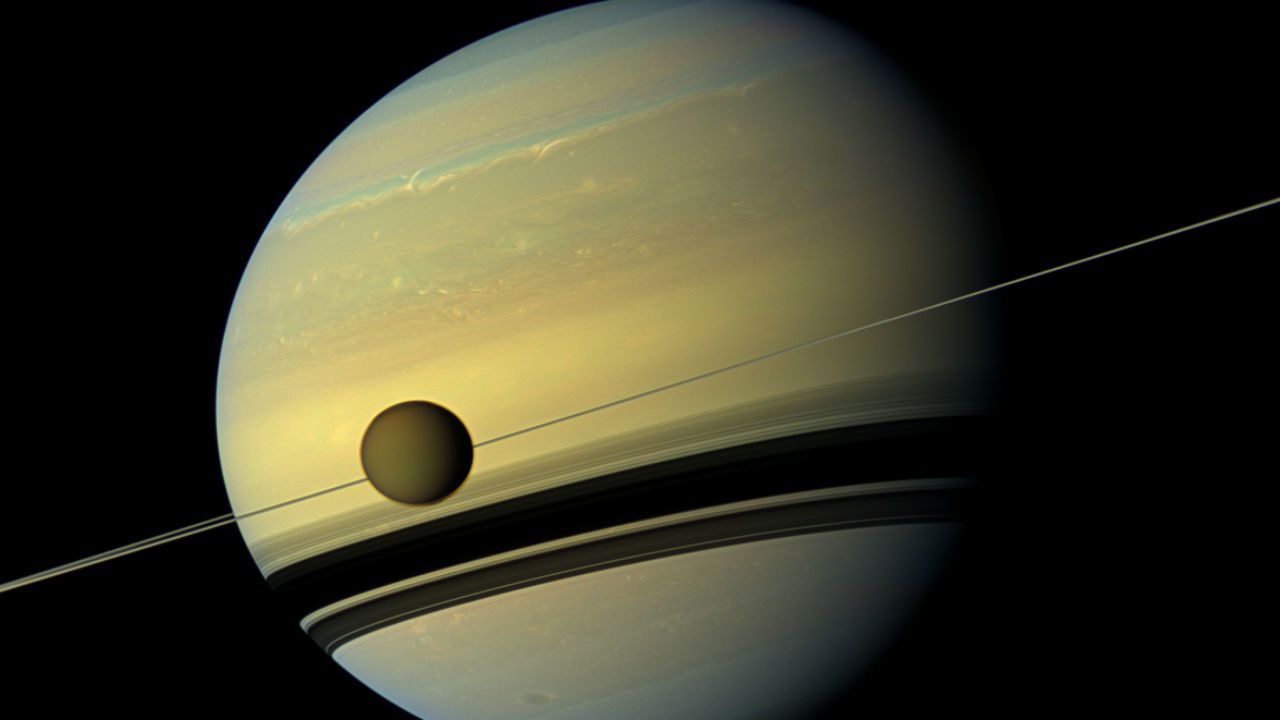According to Einstein’s General Relativity, gravity travels at the speed of light. Proving it is far from simple, though: unlike light, gravity can’t simply be switched on and off, and is also extremely weak.
Over the years, various attempts have been made to measure the speed using studies of astronomical phenomena, such as the time delay of light as it passes through the huge gravitational field of Jupiter. While the results have been broadly in line with Einstein’s prediction, they’ve lacked the precision needed for compelling evidence. That’s now been provided by the celebrated detection of gravitational waves. Analysis of the signals picked up by the two giant LIGO instruments in the US has confirmed that gravity does indeed travel through space at the speed of light.





